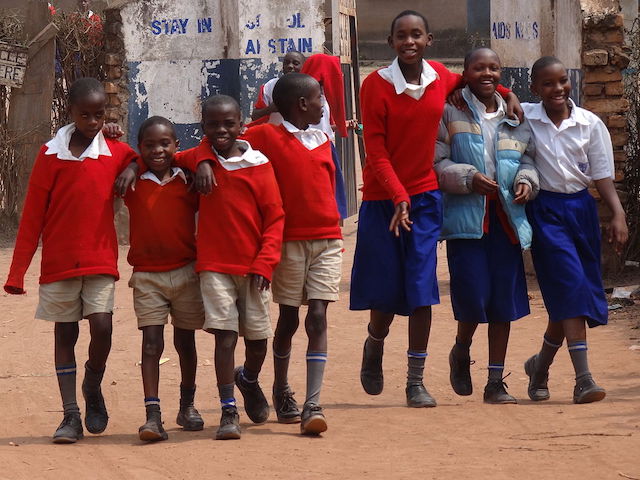5 Facts About Girls’ Education in Rwanda

Rwanda has made an exerted effort to improve education in the country, paying close attention to the needs of girls. However, the overwhelming cultural and historical barriers for girls are still inhibiting educational equality. Removing obstacles so that girls can successfully complete secondary school are essential next steps. The government must continue its efforts to devote the funds needed to meet these goals. The implementation of thoughtful programming that UNICEF and other entities have developed will help in this task. The following are five facts about girls’ education in Rwanda.
5 Facts About Girls’ Education in Rwanda
- Despite increased government focus on the education of girls in Rwanda, girls continue to face significant barriers. Girls in Rwanda experience poverty, sexual harassment and violence. Walks to school can be very long and more dangerous for girls. Furthermore, they are often burdened with family responsibilities such as caring for the elderly. They are encouraged to marry young or seek employment in place of education due to family poverty. The schools may lack separate girls’ restrooms, which discourage girls from attending, especially after puberty.
- The Rwandan genocide in 1994 decimated schools and the country has had to rebuild the educational system since then. Girls and women were especially vulnerable to becoming severely impoverished by these circumstances. No schooling took place for a year in Rwanda. “Thousands of teachers and children were killed or displaced.” Reentry into school has been an ongoing struggle for girls as the education of boys is prioritized culturally.
- In 2004, the country introduced the National Girls Education Task Force. In 2007, the first lady of Rwanda launched a 5-year school campaign to promote the enrollment and achievement of girls in school. The goals included an increase in achievement and an improvement in retention for girls. The program aimed to examine the barriers girls face in completing their education. One feature of the campaign includes grants and prizes for schools excelling at enrollment retention and high achievements. Funds went toward science equipment, sports facilities, gardens and other programs that would benefit girls in the school environment.
- The Rwandan Ministry of Education and UNICEF Rwanda wrote the National Gender-Responsive Teacher Training Package in order to continue “building gender equality in every classroom in Rwanda.” This program starts with breaking down gender bias that educators perpetuate. Next, it goes into learning outcomes and explicit gender-responsive pedagogy and school leadership. The document outlines how to implement and evaluate gender equity within a school environment through a shift in language, priorities and practices.
- The World Bank identifies six factors that are heavily influenced by girls completing secondary education. Earnings and standard of living are increased when girls complete secondary education. There is a significant reduction in child marriage and early childbearing. This also influences fertility rates and population growth. Health and nutrition are improved through education and better decision-making skills. Finally, education improves agency and social behaviors.
Rwanda’s education system has had to be reconstructed from the ground up since 1994. While they’ve made impressive strides, the needs of girls require ongoing attention and funding. Developing a cultural shift towards prioritizing the education of girls will lead to positive changes for all as these five facts about girls’ education in Rwanda show. When education is equitable for girls, the entire country will reap the benefits of the stabilization and reduction in poverty for girls and women.
– Susan Niz
Photo: Wikimedia
